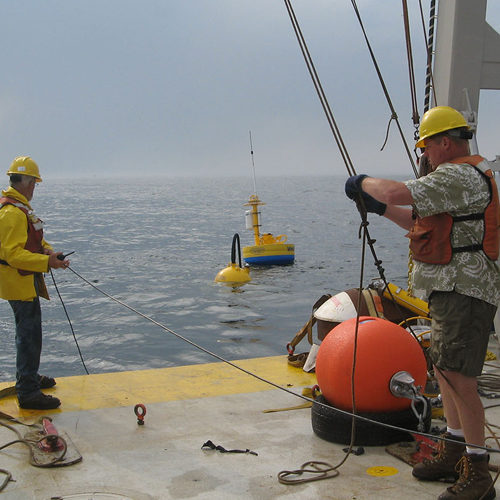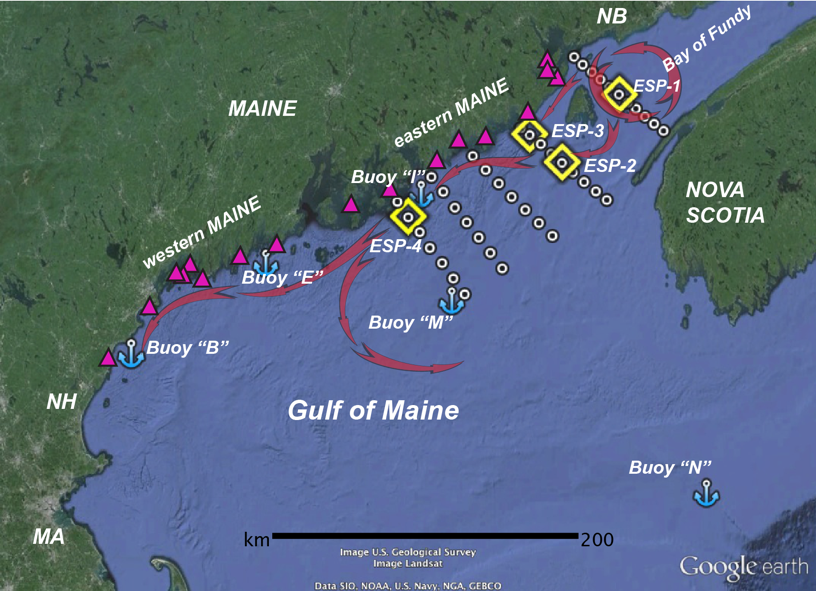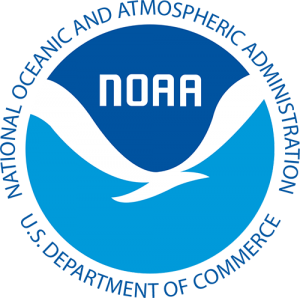Harmful Algal Bloom Dynamics in the Gulf of Maine
Coastal waters of New England are subject to annually recurring outbreaks of paralytic shellfish poisoning (PSP) caused by the dinoflagellate Alexandrium catenella. Another emerging threat in this region is amnesic shellfish poisoning (ASP) caused by toxic diatoms in the genus Pseudo-nitzschia. These blooms come with significant economic and social impacts, costing the state of Maine alone around three million dollars per single week of shellfishery closure. Through past research in the Gulf of Maine we have developed a conceptual model explaining the origin and spread of A. catenella blooms, and we are currently working on several projects in order to further improve forecasting and understanding of bloom transport.
PFI:BIC: Operational HAB Monitoring and Forecasting in the Gulf of Maine
Managers currently use shellfish tissue testing at shore-based stations to detect HAB toxins and issue closures. Although successful in protecting public health, these programs only monitor past conditions and cannot foresee or prepare for conditions that are forced by larger scale phenomena in the offshore environment which may modify nearshore toxicity. We are working to develop a smart service that will utilize autonomous biosensors to monitor toxicity in real time. This project will provide support to resource managers who can then make informed predictions and decisions regarding fisheries closures in order to effectively protect public health.

A key component of this work is the environmental sample processor (ESP), a submersible robotic instrument that collects water cells and identifies target species and toxin concentrations. We have developed a toxicity model which translates this information into working estimations of shellfish toxicity. In this program, we are deploying a network of ESPs (ESPnet) at key locations along the Gulf of Maine coast. These key locations have been selected in concert with managers, shellfisherman and other stakeholders in order to maximize community benefit.
The ESPnet is able to provide near real-time estimates of Alexandrium and Pseudo-nitzschia cell abundance as part of routine HAB monitoring and ocean observing operations. This project involves work with collaborators at MBARI, as well as with industry partner McLane Research Laboratories. Mooring operations, which are a significant aspect of this project, are supervised by the WHOI Mooring Operations, Engineering and Field Support Group.
Partners/Collaborators
This is a joint project with Institution Number One, College Number Two, Organization Number Three, and Corporation Number Four.
Related Links and File
Research Papers
ECOHAB: Interannual variability of PSP toxicity in Eastern Maine - testing the leaky gyre hypothesis and improving regional forecasts and management

ESP sites and shipboard sampling transects. Magenta triangles denote shellfish testing stations. Arrows indicate major current features.
Our ability to predict A. catenella blooms is strongest in the Western Gulf of Maine where cyst abundance in a “seedbed” off mid-coast Maine has been shown to drive bloom development. In comparison, we know little about the Eastern Gulf of Maine (EGOM), which has low cyst abundance but still experiences toxicity. It is believed that Alexandrium cells in this region are transported from established populations in the Bay of Fundy (BOF), which is characterized by a large cyst seedbed and a gyre that can retain planktonic cells. We hypothesize that bloom variability in the EGOM is controlled by two key factors: favorability of growth conditions and the leakiness of the BOF gyre.
In this project we are leveraging ESP technology to investigate linkages between BOF A. catenella populations and PSP toxicity in the EGOM. Project components include strategic ESP deployment to monitor cell abundance and toxicity in the EGOM and at the mouth of the BOF, shipboard surveys to map A. catenella populations, and construction of hindcast simulations integrating these observations. Data on Pseudo-nitzschia is also collected whenever possible. This information is being used to improve predictive capabilities and regional HAB management.
Partners/Collaborators
This is a joint project with Institution Number One, College Number Two, Organization Number Three, and Corporation Number Four.

